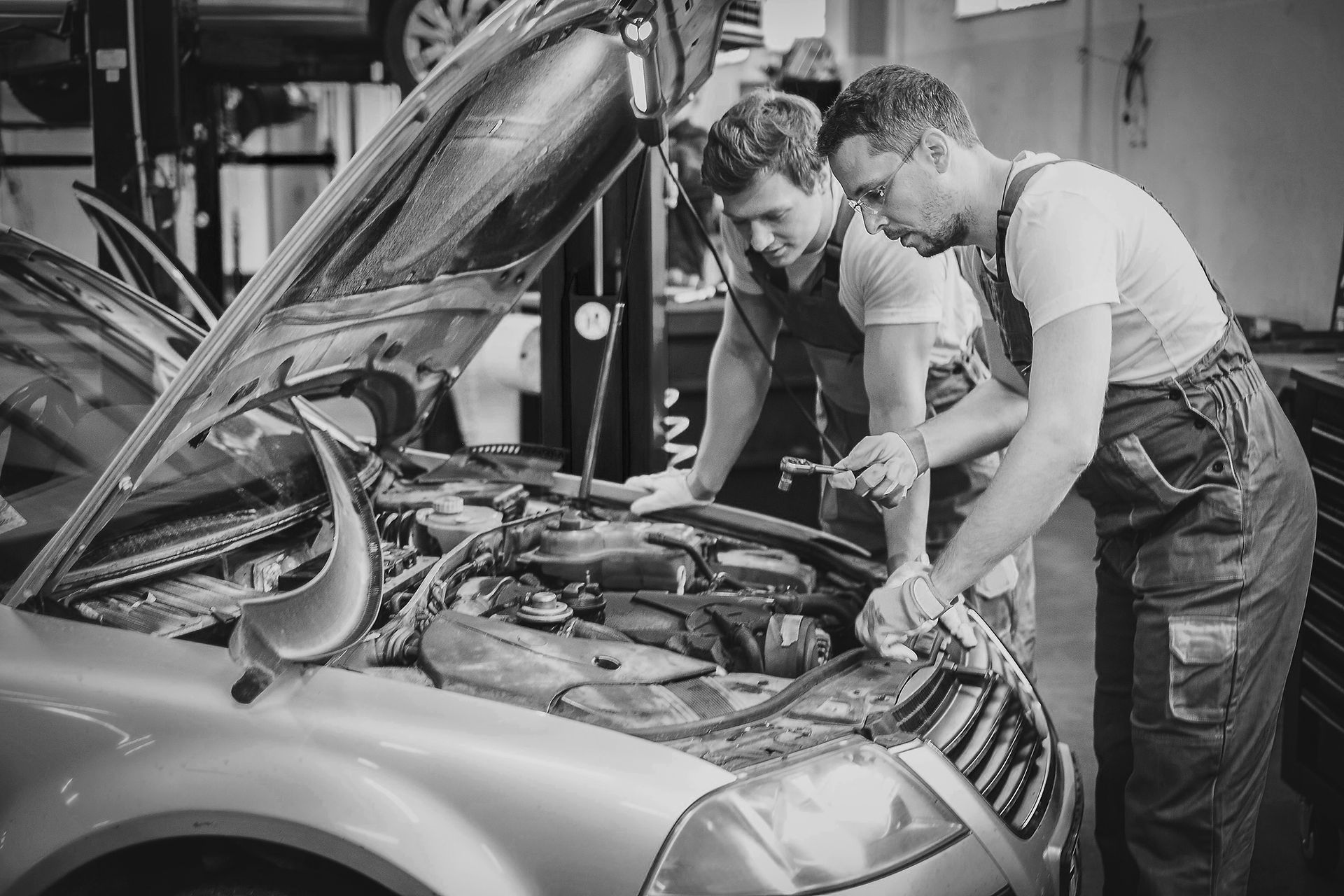
What is an MOT
Everyone who uses a vehicle on the road must keep it in a roadworthy condition. The MOT test checks that vehicles meet road safety and environmental standards. The first MOT test for a vehicle is required when it’s three years old. There are different rules if it’s used as a taxi.
The MOT certificate
The MOT certificate confirms that at the time of the test, without dismantling it, the vehicle met the minimum acceptable environmental and road safety standards required by law. It doesn’t mean that the vehicle is roadworthy for the length of time the certificate is valid. The MOT certificate is also no guarantee of the general mechanical condition of your vehicle. The test doesn’t cover the condition of the engine, clutch or gearbox.
What the MOT test include
The MOT looks at some important items on your car to see that they meet key legal requirements at the time of test.
The body and vehicle structure
Is free from excessive corrosion or damage in specific areas and there are no sharp edges likely to cause injury.
The fuel System
Has no leaks and the fuel cap fastens and seals securely. The fuel cap will need to be opened so be sure the key is available.
The exhaust emissions
The vehicle meets the requirements for exhaust emissions, dependent on the age and fuel type of the vehicle.
The exhaust system
Is secure, complete, without serious leaks and silences effectively.
The seat belts
All belts installed are checked for type, condition, operation and security. All compulsory seat belts must be in place.
The seats
The front seats are secure. Front and rear backseats can be secured in the upright position.
The doors
Latch securely in closed position. Front doors should open from inside and outside the vehicle. Rear doors may need to be opened to gain access to testable items.
The mirrors
The minimum numbers are on the vehicle, their condition and security.
Load security
Boot or tailgate can be secured in the closed position.
The brakes
Their condition, operation and performance (efficiency test). Note the removal of the road wheels is not part of the test.
The tyres and wheels
Their condition, security, size, type and tread depth. Spare tyres are not inspected.
The registration plates
Their condition, security, characters correctly formed and spaced.
The lights
Their condition, operation and security. Headlamps for aim.
The bonnet
Securely latches in the closed position.
The wipers and washers
Operate to give the driver a clear view ahead.
The windscreen
Its condition and the driver’s view of the road.
The horn
Operates correctly and is of a suitable type.
The steering and suspension
Are of a satisfactory condition and operation.
The vehicle identification number (VIN)
Is on vehicles first used on or after 1 August 1980. Not more than one different VIN is displayed except on multistage build vehicles.
Where to go for an MOT test
There are around 19,000 garages authorised as MOT test stations across the country that can carry out your MOT test. The blue three triangles logo is displayed to identify authorised test stations. The maximum fee for the test must be displayed on a poster inside every test station. The station, however, can charge less than what is on the poster if they want to.
How vehicles are tested
MOT test stations have designated test bays where they conduct the test, using a range of equipment that meets the required specification for MOT testing. The standard test procedures are laid out in an inspection manual that the test station should make available on request. If your vehicle has failed the test, you’ll be given a failure document with reference to this manual. You can watch the test from a designated viewing area but you are not allowed to interrupt the tester while he is working. All MOT testers have been on a training course with the Vehicle and Operator Services Agency (DVSA) and their test results are checked regularly.
Who supervises the scheme?
DVSA is the government agency responsible for supervising the MOT scheme. It does this by:
-
Authorising MOT test stations and approving MOT testers.
-
Setting standards for testing and requirements for authorisation for the MOT test station and testers.
-
Training authorised examiners and MOT testers.
-
Visiting MOT test stations and carrying out checks to ensure testing standards and facilities are maintained.
-
Giving advice and taking disciplinary action where tests are not being carried out to the required standards.
-
Dealing with appeals and complaints from MOT customers.

